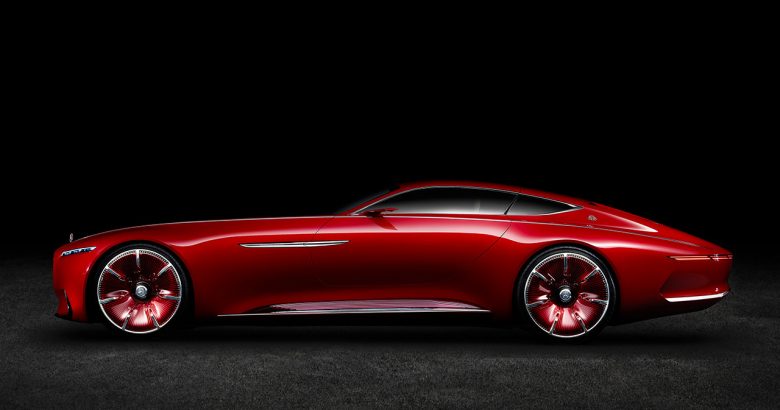
The Demise of Maybach Opens the Door for Genesis
It started with an engine. In 1885, two German engineers, Wilhelm Maybach and Gottlieb Daimler, co-developed one of the first four-stroke, internal combustion engines. Both men were interested in motorized transportation and soon had their engine mounted on a standard bicycle. Technically speaking, this was the World’s first motorcycle. With that success under their belt, Maybach and Daimler built a larger engine and mounted it on a horse-drawn carriage. This vehicle drew a lot of interest and in 1890, Daimler and several partners established the Daimler Motor Company to build more of them.
Unfortunately, in 1900, Gottlieb Daimler died. He left his share of the company to Wilhelm Maybach but just a few years later Maybach left to join his engineer son Karl in his own car venture. By 1921, the two Maybachs debuted their first car, the Maybach Type W3. It was considered one of the best cars built at that time. It was also very expensive. Maybach soon became known for developing powerful, technologically-sophisticated vehicles primarily for the wealthy. Unfortunately when WWII hit, the company stopped automobile production and switched to making war machinery.
After the war, auto production never resumed. The Daimler Motor Company focused on making just engines for use around the world. Eventually the Daimler Motor Company was acquired by Mercedes-Benz. The Maybach nameplate remained mothballed until the early 2000s, when Daimler-Benz decided to pull it out of storage.
After many months of design, the Daimler Motor Company launched the fabulous Maybach 57 and the Maybach 62 automobiles. These were world-class cars, each hand-built to buyer’s specifications. Maybach automobiles soon became known for their power and long list of optional luxury extras. Maybachs were some of the first cars to include voice-activated controls, entertainment centers and real lambswool carpeting.
Unfortunately, sales were slow. The Maybach cars were impressive luxury cars but two famous nameplates, Bentley and Rolls Royce, garnered most of the sales. Bentley and Rolls had histories behind them so their brands had momentum and justified their stellar sales prices. In 2010 only 157 Maybachs were sold globally, according to Automotive News, while BMW moved 2,711 similarly priced cars. Soon, it became apparent that the Maybach brand was in trouble, and Mercedes sensibly never invested in updating it.
Closely watch the sorting out of high-end luxury cars was the South Korean car maker Hyundai. Realizing that an opportunity likely exists for a more affordable luxury car, they invested $533 million to design and market their own version. Introduced in 2008, the Genesis is a four-door, five passenger, rear-wheel drive luxury sedan with top-shelf features and sporty handling. Soon sales were very strong.
We spoke with the folks at Central Avenue Genesis of Hartsdale, a local Genesis dealer located in Hartsdale, NY, about the future of Genesis and we told that the second generation was introduced for 2017 and was rebranded as the Genesis G80. The leap into a stand-alone, luxury brand comes on the heels of the marked success of others in the luxury market.